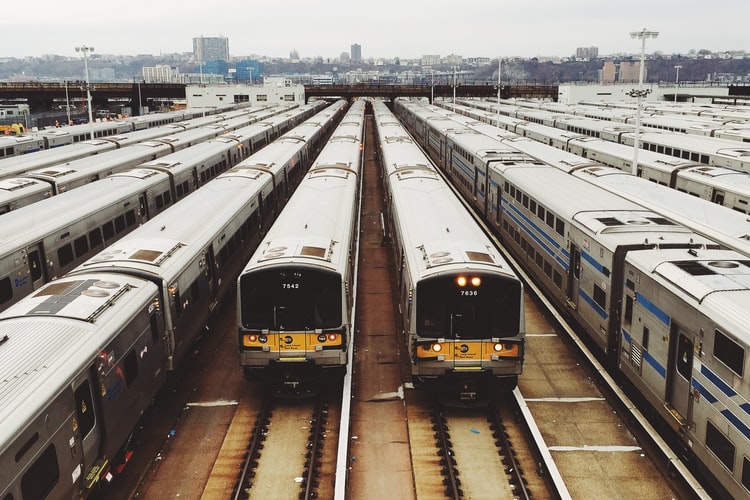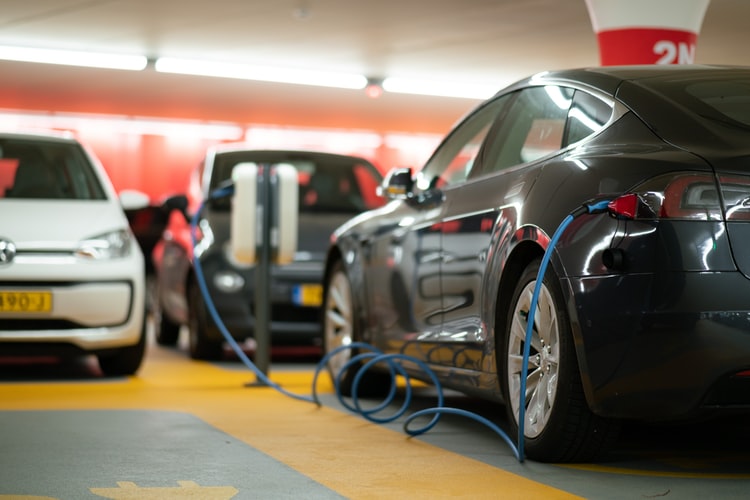According to a recent national survey, almost every major demographic group considers affordable transport (the cost of travelling) to be the single most important transport consideration. Therefore, affordable transport is of paramount importance to everyone, especially for low-income individuals. However, despite its apparent importance, many people fail to acknowledge that affordable transport options are often not available because of the lack of political will or a lack of public funding. It therefore goes without saying that the key to ensuring affordable transport for everyone is to ensure that both the government and the private sector become more active in supporting sustainable transport policies. With the right policy mix, sustainable transport policies are able to deliver on their promises and create an environment that is cleaner, safer and more affordable.

How Can Sustainability Be Improved?
Unfortunately, sustainability and affordability go hand in hand. Without an environment that is clean, safe and sustainable, there is no way that public transport systems can provide good public transport services. The lack of availability of affordable transport options directly impacts upon the environment. As such, it is essential that we work towards creating more sustainable public transport systems by encouraging and promoting good public transport systems and ensuring that there is adequate funding available to create these good public transport systems.
For many people, sustainability means a combination of better infrastructure, more effective use of existing assets and a reliance on ‘green’ forms of transport such as mass transit and walking. More efficient public transport systems with lower emissions, less polluting modes of transport and the absence of a demand for excessive fuel use, mean that there is less pollution and a lower chance of air pollution due to the use of rail freight and other green forms of transport. In addition, incorporating sustainable approaches into a transport system means that the environmental impact is reduced and this in turn has the added benefit of improving air quality throughout the region. This can have a positive effect on the environment and on health, contributing to a reduction in the number of cases of asthma and other respiratory conditions.

One aspect of the sustainability of public transport systems is their affordability. When it comes to purchasing a car, the initial purchase price is often out of reach for many potential buyers and this can lead to high fuel consumption and rising operating costs. This leads to higher premiums for motorists and consumers paying large amounts for their vehicles. Similarly, the increased operating costs that result from using rail freight or other green forms of transport may lead to higher fares and also cause higher operating costs. However, when you consider the long-term costs of owning a vehicle as opposed to using alternatives, the sustainability of the cost of using public transport is made much more attractive.
Different Forms Of Transport
Another factor which makes it more attractive than alternative modes of transport for many people is the perception of safety and security. People tend to feel safer and more secure when using trains and buses than they do drive a car, for example. A 2021 national household travel survey showed that almost half of all people would commute long distances if given the choice between driving and public transport. Similarly, a recent survey by the UK Green Alliance revealed that a large proportion of people would not ride a train or bus if money was tight. This evidence highlights the importance of ensuring that people are not deterred from using these transport methods due to lack of availability of affordable transport.

Affordability And Practicalities
An additional consideration that often gets ignored in the affordability of transport for the lower-income group is the level of personalization and customization that can be provided. This is important because it ensures that the journey does not become a regular commuting routine. For example, for those who live in rural or remote areas, access to regular train and bus services may be limited. If there are no nearby stations or bus stops along the way, travelling by road could prove to be more expensive than commuting by train or bus.

